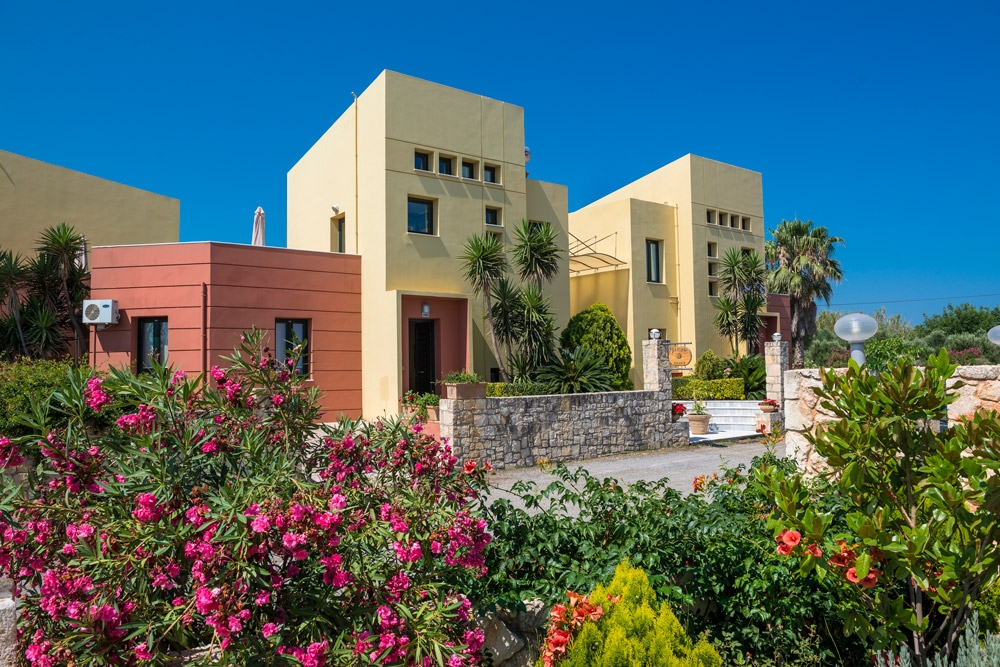Halepa is an especial quarter of Chania city. It is full of old luxurious houses and villas, many of them built in the neoclassical style. Just by the old houses that were build many decades ago, there are modern houses and buildings, which form the contrast that makes Halepa such an interesting neighborhood.
Halepa has associated its name with the prominent Greek politician Eleftherios Venizelos, who was born in this part of Chania city.
A walk around Halepa, Chania
The most famous sight in Halepa quarter is the House of Eleftherios Venizelos. The famous politician, who was one of the main political figures that shaped modern Greece, was born here in 1864. Venizelos’ House is an aristocratic house, characteristic of the wealthy families of Chania at the time.
In Halepa we also find the Palace of Prince George. Prince George has gone down in history as a weak politician that was for many historians the exact opposite of Venizelos in their era. It is not strange that the two of them confronted one another in a number of occasions.
In Halepa there is also an impressive church built in the Russian architectural style: the church of Agia Magdalini will certainly impress you. Between the other known buildings in the area, possibly the most interesting are the old Greek Embassy and the old French Academy, which now houses the Cretan School of Architecture.
Halepa, Chania, is built on a hill and extends towards the sea. On top of the hill there is breathtaking view to the city of Chania and the surrounding area, and you can find a couple of cafes that are known to the locals.
The coastal part of Halepa is called Tabakaria. Tabakaria took their name after the factories that processed leather, which were built here in the mid-19th century and were operating for many decades. Today you can still see the remnants of these great buildings. In Tabakaria you can also find some of the best fish taverns in Chania city.
Halepa, Chania, in history
Halepa is a place of historic significance, not only for Chania, but also for Greece in general. In the end of the 19th century Halepa was a town, outside of the Old City of Chania, which was then surrounded by walls. In Halepa many wealthy people used to stay, mainly because of its healthy climate and its excellent view to Chania city.
As Chania city was at that time the capital of Crete, Halepa was the most aristocratic town in the island. In the town there were the consulates of many European countries, and the locals used to call the town the “European neighbourhood” of Chania city.
In 1878, the historical “Treaty of Halepa” was signed here between the Ottoman empire and several European countries. With the Halepa treaty, Crete won its autonomy from the Ottoman empire. The treaty defined that the capital of the autonomous state of Crete was the city of Chania.
Eleftherios Venizelos was the first prime minister of the autonomous state of Crete. After 1913, when Crete reunited with mainland Greece, Venizelos served as the prime minister of Greece for many years.
Halepa may not be in some tourist guides of Crete, but it is a neighborhood of Chania city full of history. If you have some time and you want to go further from the Old City of Chania and the magnificent Venetian Harbor, a walk to Halepa, Chania, may very well be a special, long remembered travel experience.
